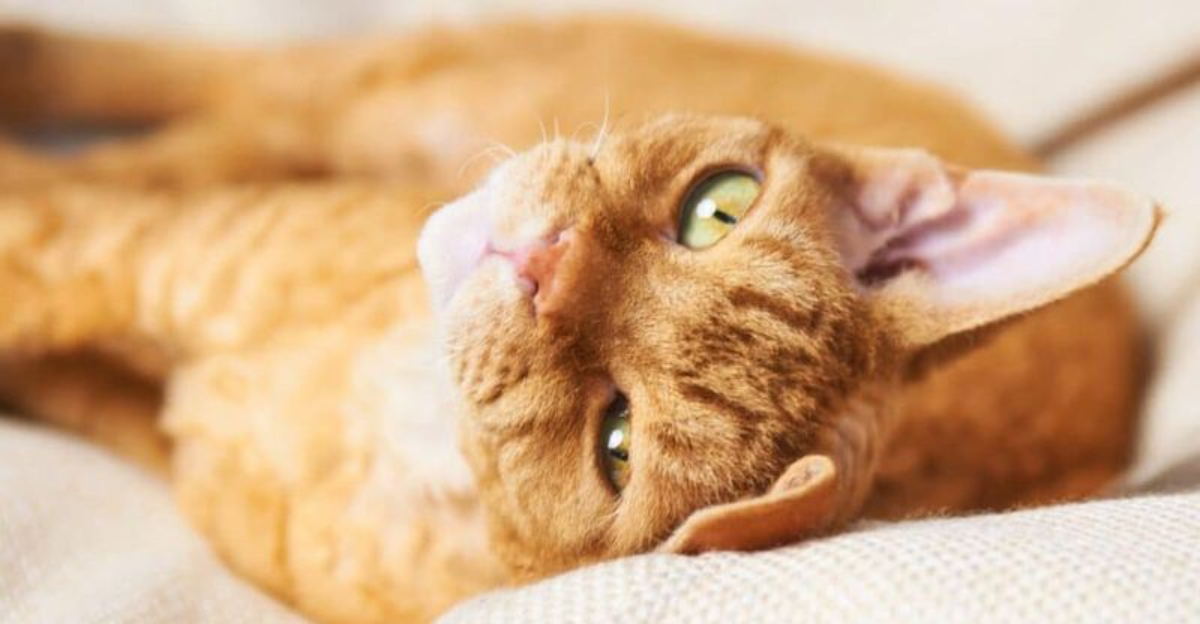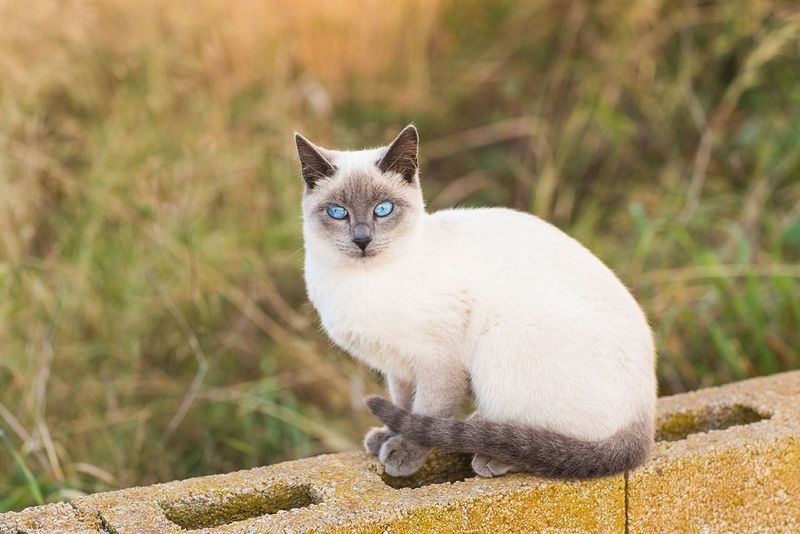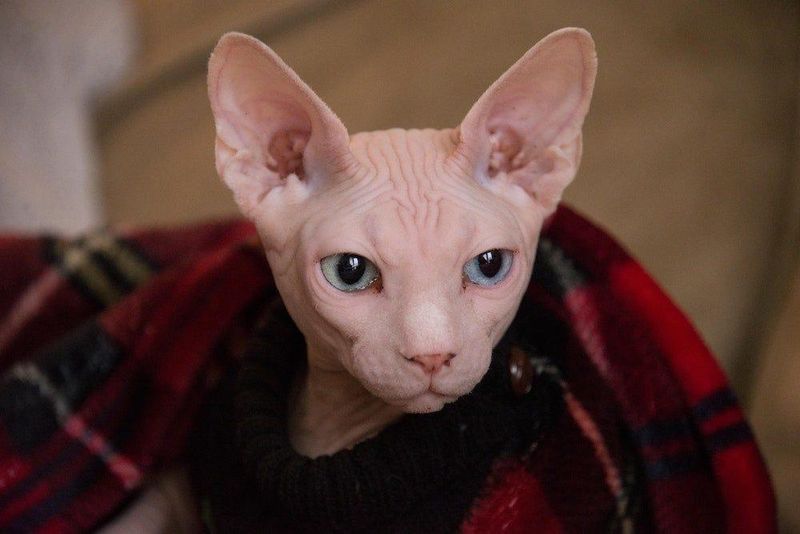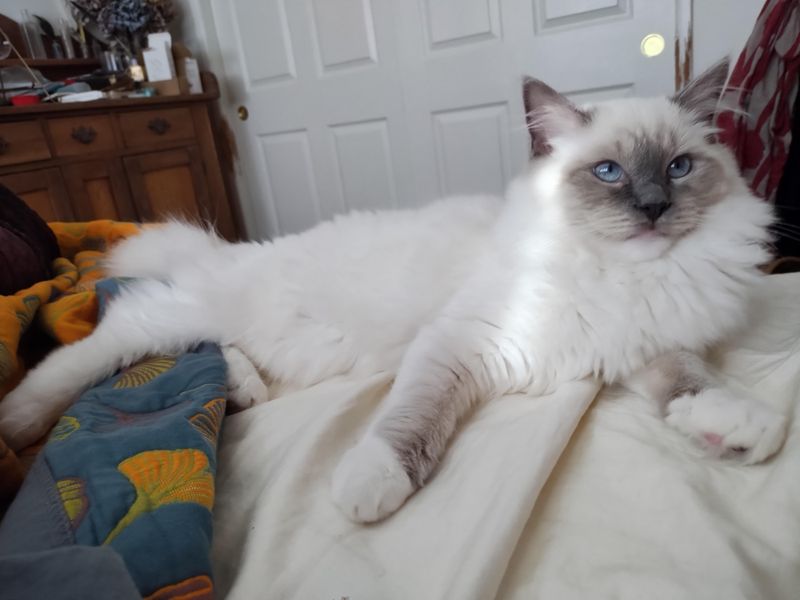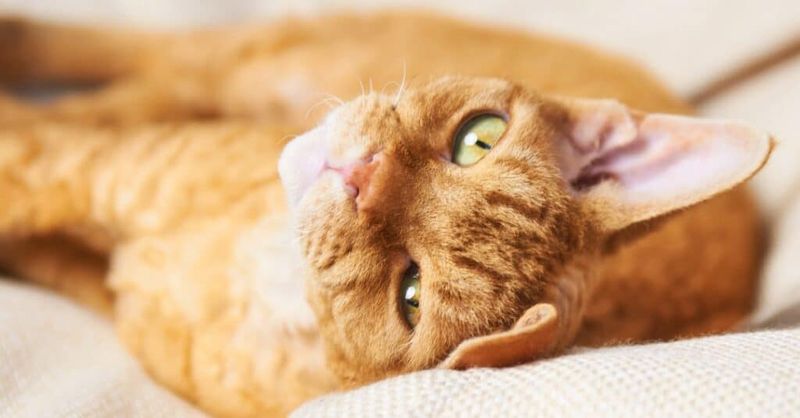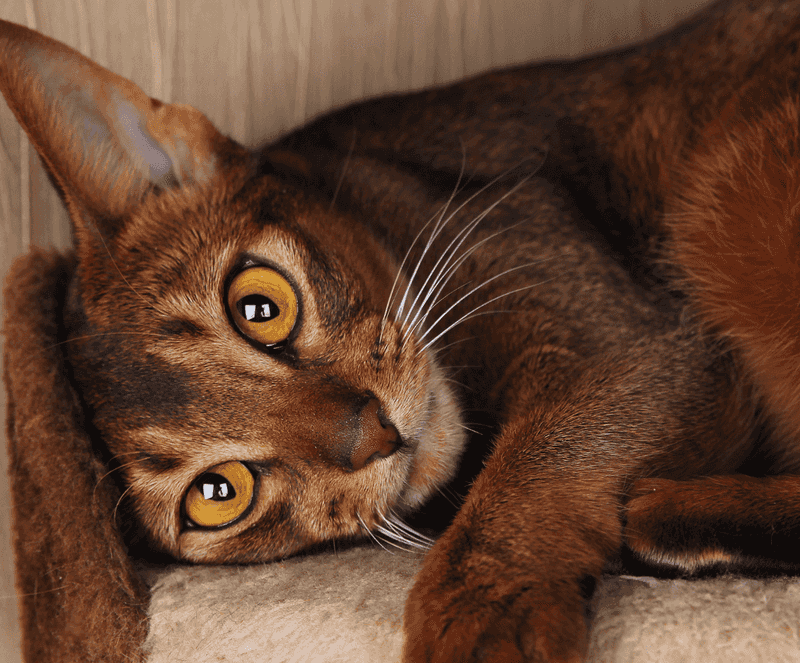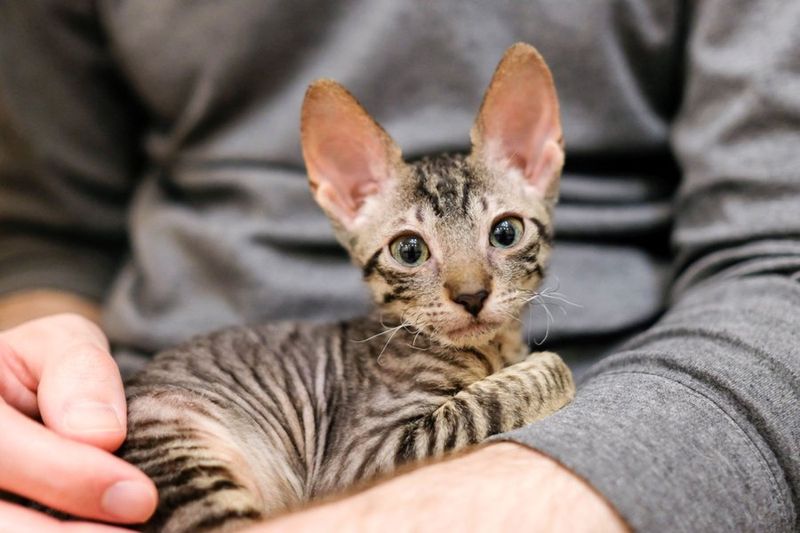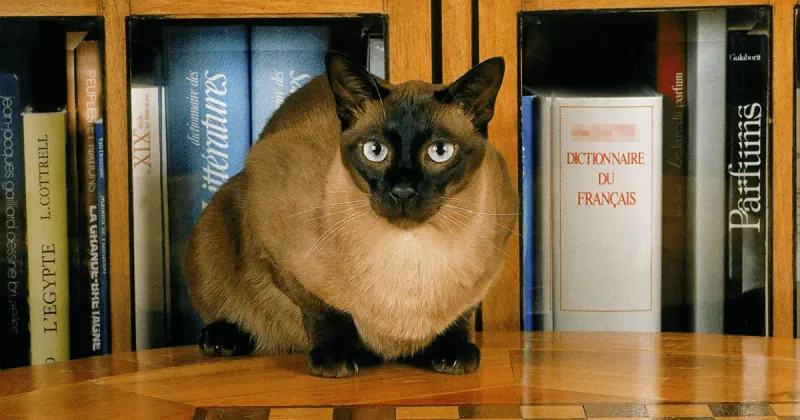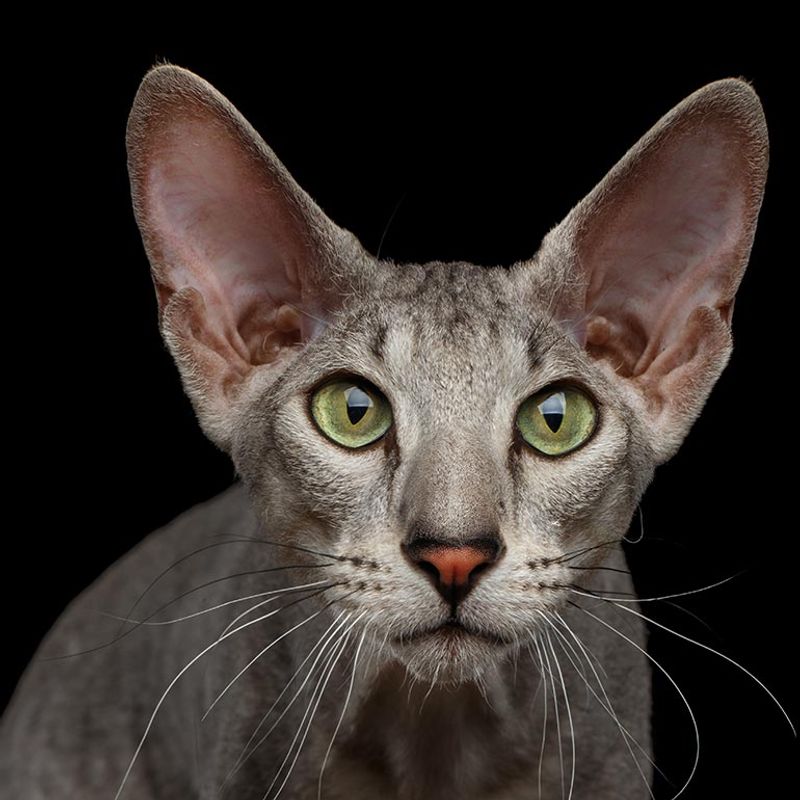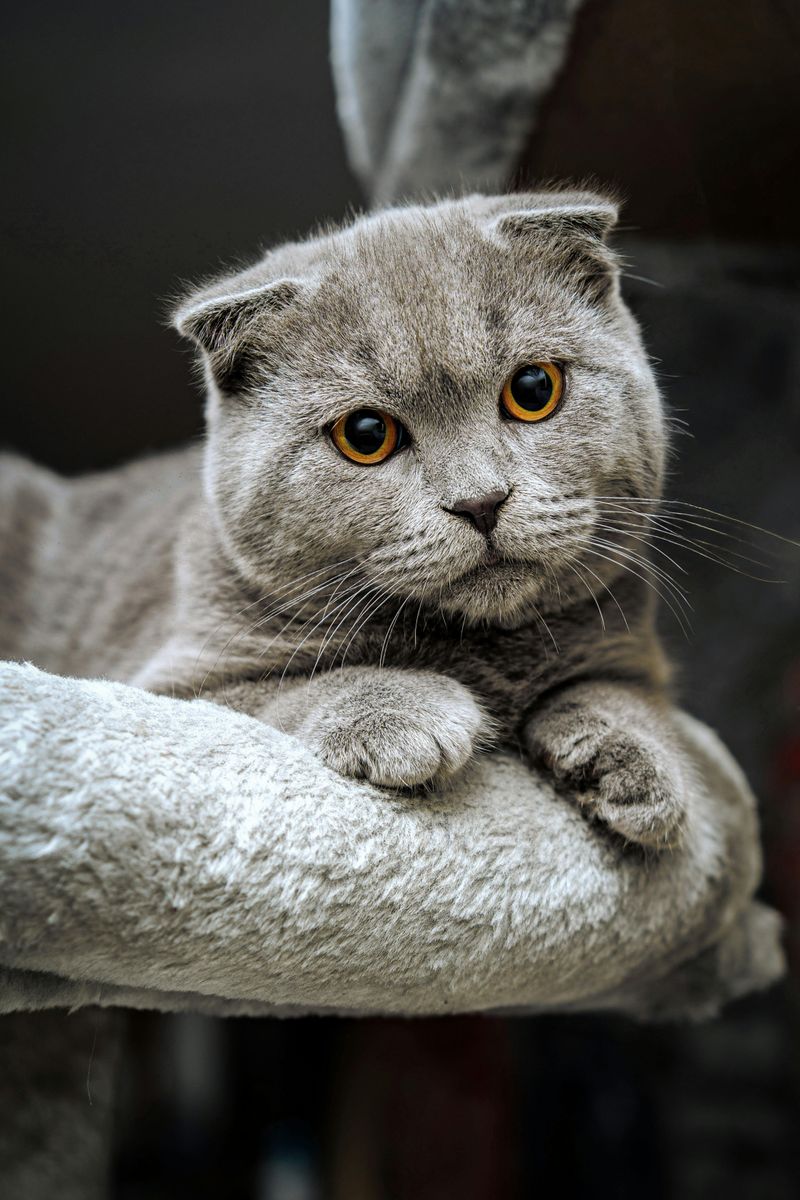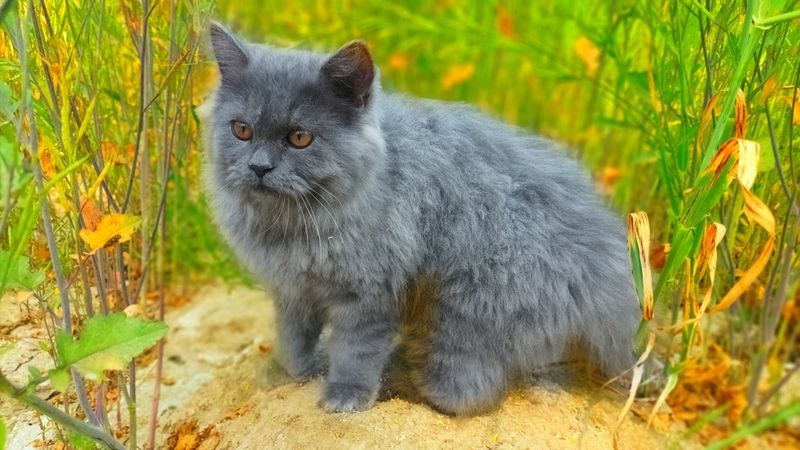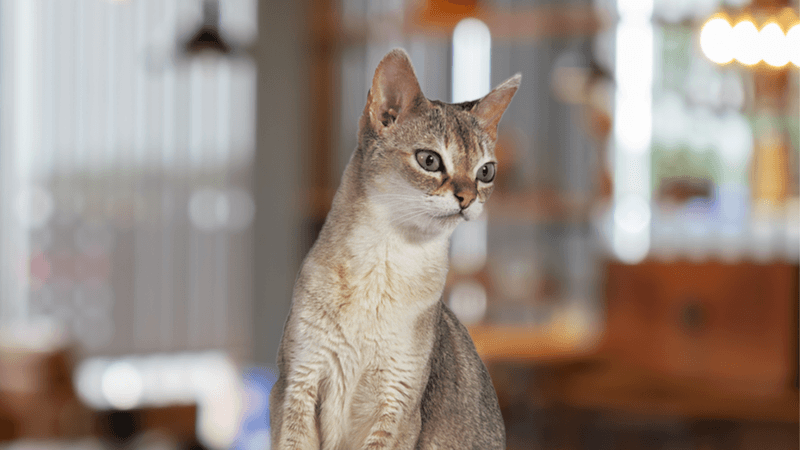📖 Table of Content:
Some cats are famous for their independent nature, but not all felines follow this stereotype. Certain cat breeds actually crave human companionship and can become stressed or depressed without regular interaction. If you’re considering adding a feline friend to your family, it’s important to understand which breeds need more of your time and attention to stay happy and healthy.
1. Siamese
Siamese cats are notorious for their vocal demands and clingy behavior. These blue-eyed beauties will follow you from room to room, commenting on everything you do with their distinctive meows.
Leaving a Siamese alone for long periods can lead to destructive behaviors and depression. They form intense bonds with their humans and need daily conversation and play sessions.
Originally from Thailand, these intelligent cats can learn tricks and commands, making interactive training sessions a great way to provide the mental stimulation they crave. Their social nature means they often do well with a feline companion if you work long hours.
2. Sphynx
The hairless Sphynx needs attention not just for emotional reasons but for practical care too. Without fur to regulate body temperature, these cats seek human warmth and often burrow under blankets or cuddle against your body.
Regular bathing is essential since they don’t have fur to absorb skin oils. This unique breed develops strong attachments to their families and suffers from separation anxiety when left alone.
Sphynx cats are known for their dog-like loyalty, greeting owners at the door and demanding to be part of all household activities. Their energetic and mischievous personalities require interactive playtime to prevent boredom-related behavior problems.
3. Ragdoll
Named for their tendency to go floppy when picked up, Ragdolls are anything but distant. These gentle giants seek constant companionship and often struggle with extended periods of solitude.
Known for their puppy-like following behavior, Ragdolls will trail their favorite humans from room to room. They typically greet you at the door and prefer being wherever you are, whether that’s helping with chores or keeping you company while you work.
Despite their large size, Ragdolls remain kitten-like well into adulthood. Their need for play and interaction doesn’t diminish with age, making them lifelong companions who require consistent attention.
4. Devon Rex
With its elf-like face and oversized ears, the Devon Rex has earned the nickname “monkey in a cat suit” thanks to its playful behavior and constant need for interaction. These cats form dog-like bonds with their owners, often riding on shoulders or curling up in laps whenever they can.
Their fine, wavy coat requires minimal grooming, but their need for emotional connection is substantial. Devon Rex cats form strong bonds with their families and can become anxious or depressed without regular interaction.
Highly intelligent and active, this breed needs daily play sessions and mental challenges. They excel at learning tricks and will invent games to get your attention if they feel ignored.
5. Abyssinian
While Abyssinians aren’t typically lap cats, they crave constant engagement. These energetic and inquisitive felines need an active environment to keep their minds and bodies fulfilled.
Without adequate attention, Abyssinians can become destructive or develop anxiety. Their intelligence demands mental challenges, and they excel at puzzle toys and clicker training.
The Abyssinian’s ticked coat gives them a wild appearance, but their temperament is purely domestic. They form strong bonds with their families and need to be included in daily activities. Many Abyssinian owners report their cats supervising everything from cooking to showering, unwilling to let their humans out of sight.
6. Cornish Rex
The Cornish Rex with its curly coat and whippet-like body is an attention-seeking missile in cat form. These energetic cats remain playful well into their senior years and demand interactive play sessions multiple times daily.
Warm-seeking by nature due to their minimal coat, Cornish Rex cats will try to be on or near you constantly. They’re known for their acrobatic abilities and will perform tricks just to catch your eye.
Highly social, this breed doesn’t do well with long periods alone. They form deep attachments to their families and can become anxious or depressed without regular interaction. Many Cornish Rex owners end up adopting a second cat to provide companionship when they’re away.
7. Burmese
Known as “velcro cats,” Burmese felines have a reputation for sticking tightly to their people. Their love for cuddles is legendary, often insisting on sharing the warmth under the blankets with their favorite humans.
These muscular cats have surprisingly heavy bodies for their size and love nothing more than to be draped across a warm lap. Their golden eyes seem to communicate exactly what they want – usually your undivided attention.
The Burmese breed is known for maintaining kitten-like playfulness throughout life. They don’t understand the concept of personal space and will insert themselves into whatever activity you’re doing, whether you’re typing on a computer or trying to read a book.
8. Tonkinese
A cross between Siamese and Burmese cats, the Tonkinese inherits the vocal nature of the Siamese and the affectionate personality of the Burmese. These medium-sized cats with striking aqua eyes demand center stage in their households.
Tonkinese cats are known for their intelligence and can learn to play fetch, walk on leashes, and even perform tricks. Their need for mental stimulation means they require interactive toys and regular play sessions to prevent boredom.
This breed forms intense bonds with their humans and suffers from separation anxiety when left alone too long. Many Tonkinese owners report their cats greeting them at the door like dogs and following them from room to room, unwilling to let their favorite people out of sight.
9. Peterbald
Related to the Sphynx but with a different genetic mutation, Peterbald cats range from completely hairless to having a fine peach-fuzz coat. These elegant, ballet-dancer-like cats from Russia need both physical care and emotional attention to thrive.
Without proper fur, Peterbalds need help maintaining body temperature and skin health. They’re extremely social cats who form strong bonds with their families and suffer from anxiety when left alone.
The Peterbald’s intelligence and curiosity make them active participants in household life. They’ll investigate every cupboard, follow you to the bathroom, and insist on being part of all conversations. Their sensitive nature means they pick up on household tensions and need reassurance during stressful times.
10. Balinese
Often described as the long-haired version of the Siamese, Balinese cats share their short-haired cousins’ vocal and demanding nature. Their silky coat requires regular grooming, adding another dimension to the attention they crave.
Balinese cats are known for their intelligence and athletic abilities. They can learn tricks, open doors, and solve puzzles that would stump many other cats. Without adequate mental stimulation, they may become destructive or depressed.
The Balinese forms deep attachments to their humans and doesn’t tolerate being ignored. Their plaintive meows and persistent paw taps will remind you when you’ve been neglecting your duties as their entertainment director and companion.
11. Scottish Fold
The Scottish Fold with its distinctive folded ears and round face has a sweet expression that matches its personality. These cats form intense bonds with their humans and don’t do well when left alone for long periods.
While not as vocal as some breeds, Scottish Folds communicate their need for attention through persistent following behavior and gentle pats with their paws. They’re known for sitting up like meerkats to keep an eye on their favorite people.
Scottish Folds are prone to joint issues due to the same genetic mutation that affects their ears. This means they need careful monitoring and often require extra comfort as they age, adding to their need for attentive care throughout their lives.
12. Bombay
Bred to mimic a miniature panther, the Bombay pairs the Burmese’s friendly temperament with the allure of a wild cat. With shiny black coats and bright copper eyes, they look exotic—but inside, they’re entirely domestic.
Bombays are known for their dog-like devotion and will follow their chosen humans everywhere. They commonly greet family members at the door and prefer to be carried around like babies, soaking up physical affection.
This breed adapts well to harness training and enjoys supervised outdoor adventures with their humans. Their intelligence and social nature mean they need regular interaction and play to prevent boredom and depression. Many Bombay owners find their cats waiting patiently by the door when they’re due to return home.
13. Persian
Unlike energetic breeds that need constant play, Persians require devoted attention to their grooming. Their thick, flowing coats must be brushed daily to prevent mats and keep hairballs at bay.
Beyond grooming needs, many Persians develop strong attachments to their caregivers. Their flat faces can lead to breathing and eye issues requiring regular cleaning and monitoring, making them dependent on attentive owners.
While Persians are known for their calm demeanor, they still need daily interaction and gentle play. Their quiet nature means they may not demand attention as vocally as other breeds, but they suffer silently when neglected. The Persian’s sweet temperament and need for routine make them sensitive to household changes.
14. Singapura
Don’t let the Singapura’s small size fool you – these cats pack big personalities into tiny packages. As one of the smallest cat breeds, Singapuras often maintain kitten-like playfulness throughout their lives and need regular interaction to stay happy.
Singapuras are known for their curiosity and intelligence. They’ll investigate every corner of your home and insert themselves into all your activities. Their need for mental stimulation means they require interactive toys and play sessions.
Despite their energetic nature, Singapuras are sensitive cats who form strong bonds with their humans. They don’t do well with harsh discipline or being left alone for extended periods. Many owners describe them as “velcro cats” who prefer to be wherever you are, supervising all household activities.
